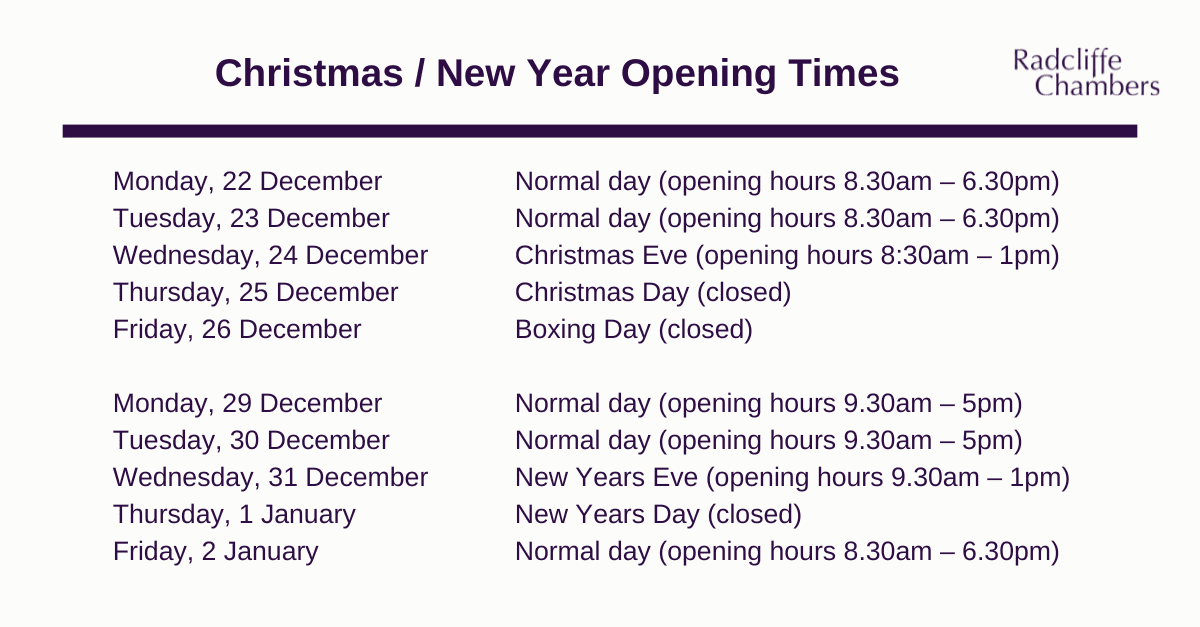The Dunlop family has farmed Lunsford Farm since 1888. Originally, the Dunlops were tenant farmers, but in 1918 Thomas Dunlop (the then-tenant) purchased Lunsford Farm. The conveyance included a schedule which listed each field in the Farm by Ordnance Survey plot number and area, but the parcels clause said the plan “more particularly delineated” the land. The schedule clearly included an ancient sunken lane. The plan clearly excluded it. So, did Thomas Dunlop buy the lane? In other words, did the plan or the written description prevail?
Matthew successfully persuaded Judge Elizabeth Cooke that the written description prevailed and that Thomas Dunlop bought the lane.
Judge Cooke’s analysis of the law can be broken down into two stages:
- The general rule is that “where a plan more particularly delineates the land conveyed and either the wording is unclear or the wording is clear but inconsistent with the plan the plan will generally, or normally, prevail”.
- In deciding whether the case falls outside the general rule, there are two general principles “of great importance”:
- Where the conveyance itself and the physical features on the ground do not clearly indicate what has been conveyed, the court can take into account extrinsic evidence; and
- If in doubt, the judge should prefer the interpretation that makes business commonsense.
In this case, both the extrinsic evidence and business commonsense clearly favoured the Dunlops, and those points carried the day.
This decision is important for property practitioners because it is only the second reported case in this jurisdiction in which the general rule has not prevailed. It emphasises the importance in boundary disputes of locating extrinsic evidence (e.g. contemporaneous conveyances, sales particulars, contracts of sale) and identifying the commercial realities at the time of the transfer.
Read the full judgement here.


